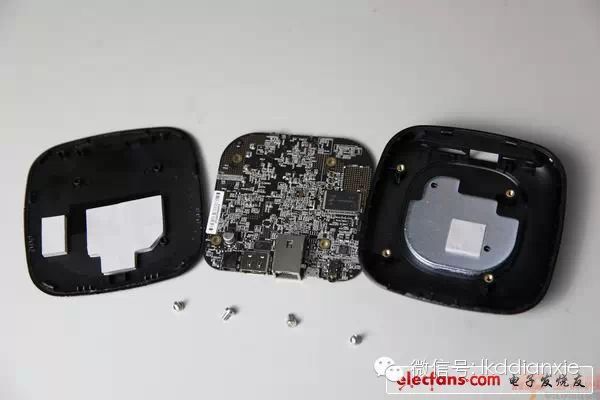The Xiaomi Box was finally released on the afternoon of November 14. This high-definition TV set-top box has a very compact design. As the saying goes, “Though the sparrow is small, it has all the vital organs.” What is the internal structure of the Xiaomi Box like? How is its workmanship and material quality? We took these questions and immediately disassembled the Xiaomi Box.
The appearance of the Xiaomi Box is very simple, with a matte black finish on the front and a small “mi” logo. The front feels quite nice to the touch.
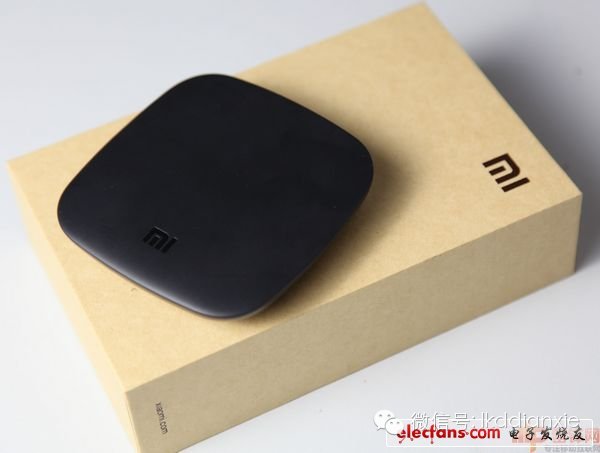
The back features a piano lacquer shell with a matte base, which has some relevant information on it.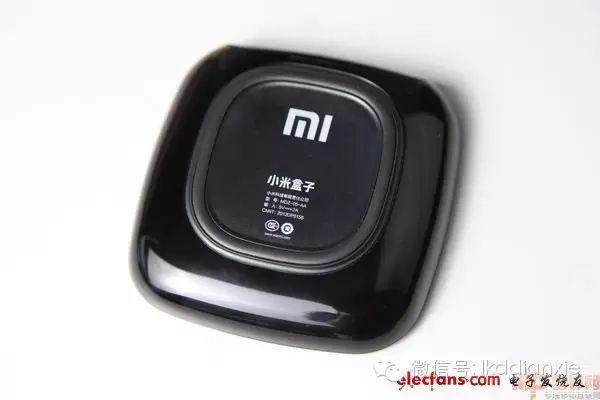
Since the Xiaomi Box is secured with plastic clips, disassembly can only be done by forcefully prying open the top cover. After prying it open, we can see the mainboard of the Xiaomi Box, with some thermal paste on the top cover.
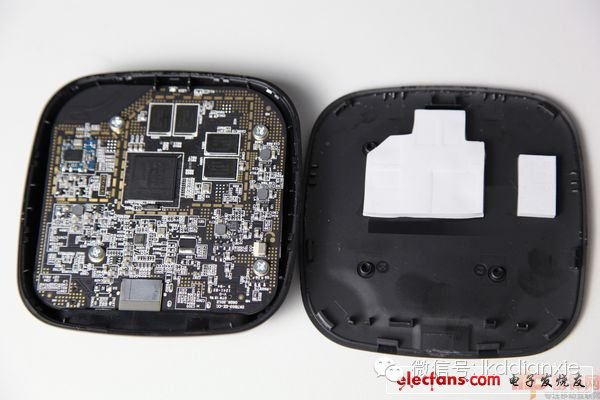
Unscrew the screws and remove the mainboard.
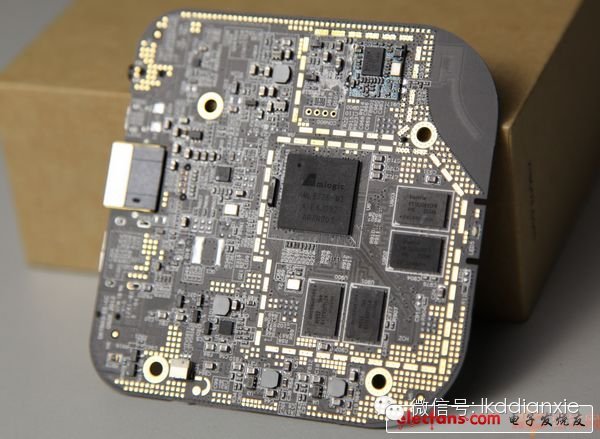
A close-up of the back of the mainboard.
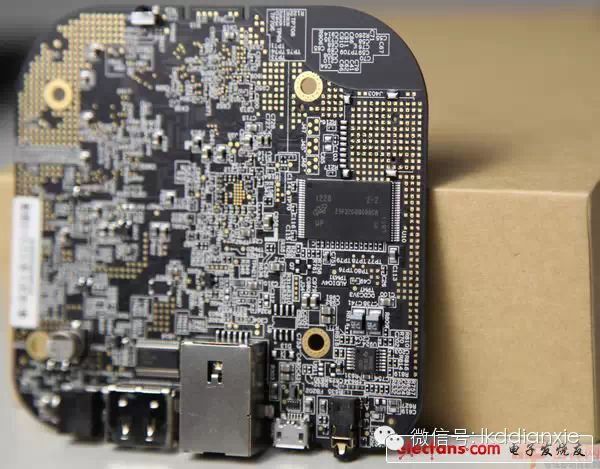
The SOC part uses the Amlogic AML8726-M3, which is a Cortex-A9 core CPU with a frequency of 1GHz (the Xiaomi Box runs at 800MHz), and the GPU is Mali-400.
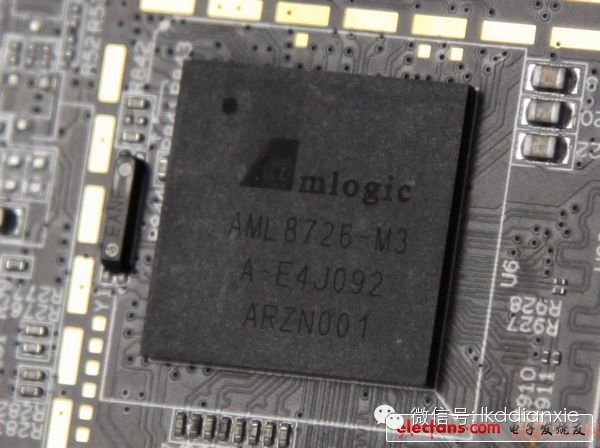
The Xiaomi Box has four HYNIX (Hyundai) H5TQ2G83CFR-H9C memory chips, FBGA78 package, DDR3 specification, with a single capacity of 256M, totaling 1G.
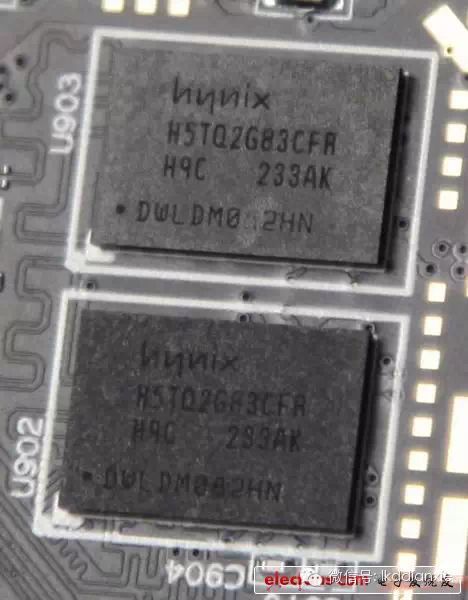
The Realtek RTL8188EUS chip is used for WiFi networking.
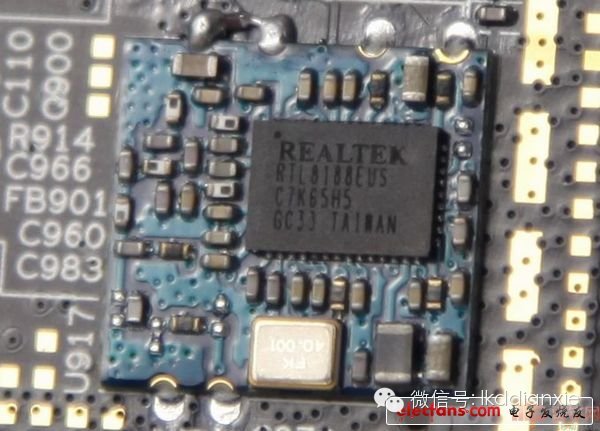
On the back, there is a flash memory chip, model Micron 29f32g08cbaca, with a capacity of 4G, used for the system ROM.
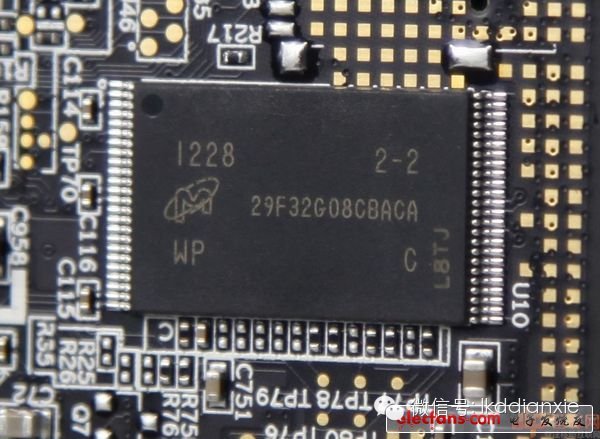
DRV632, stereo line driver.
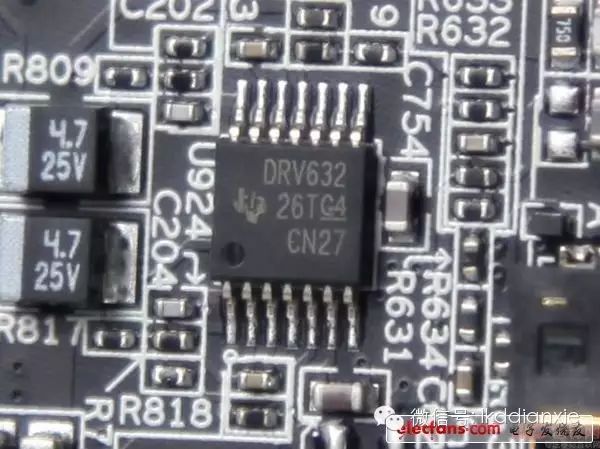
Overview of the interfaces, from left to right: charging, HDMI, RJ45, microUSB, and AV interface.
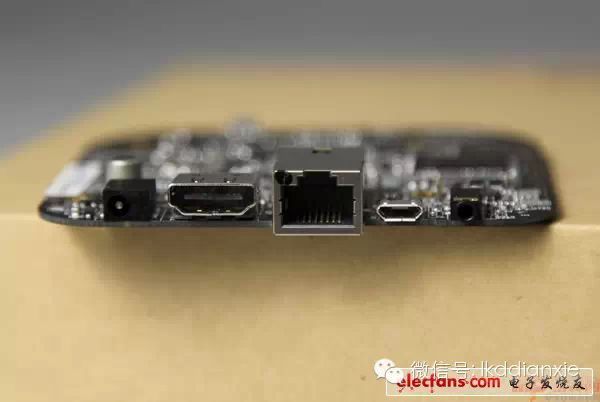
The disassembly of the Xiaomi Box shows that the structure is not too complex, with some metal weights in the base.
